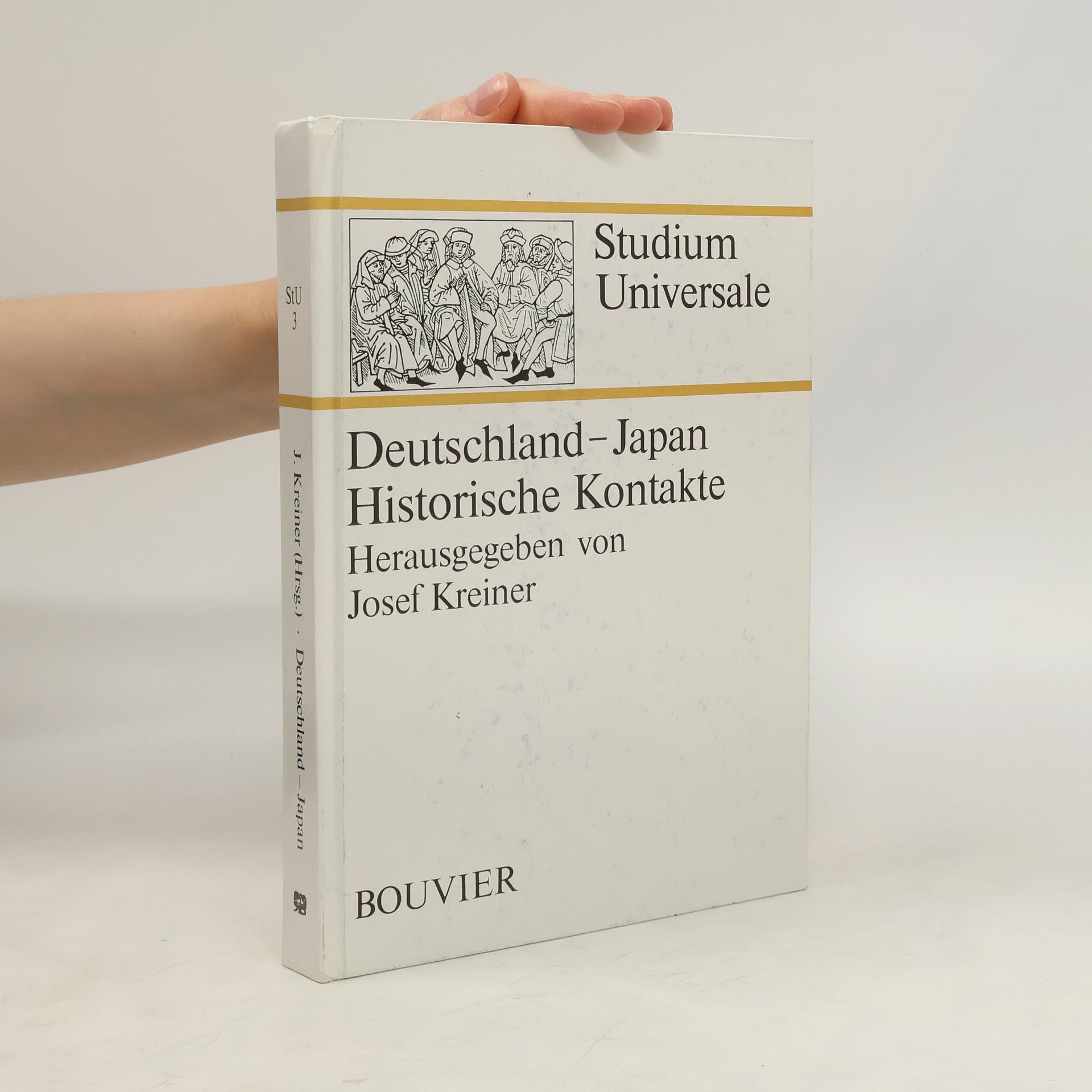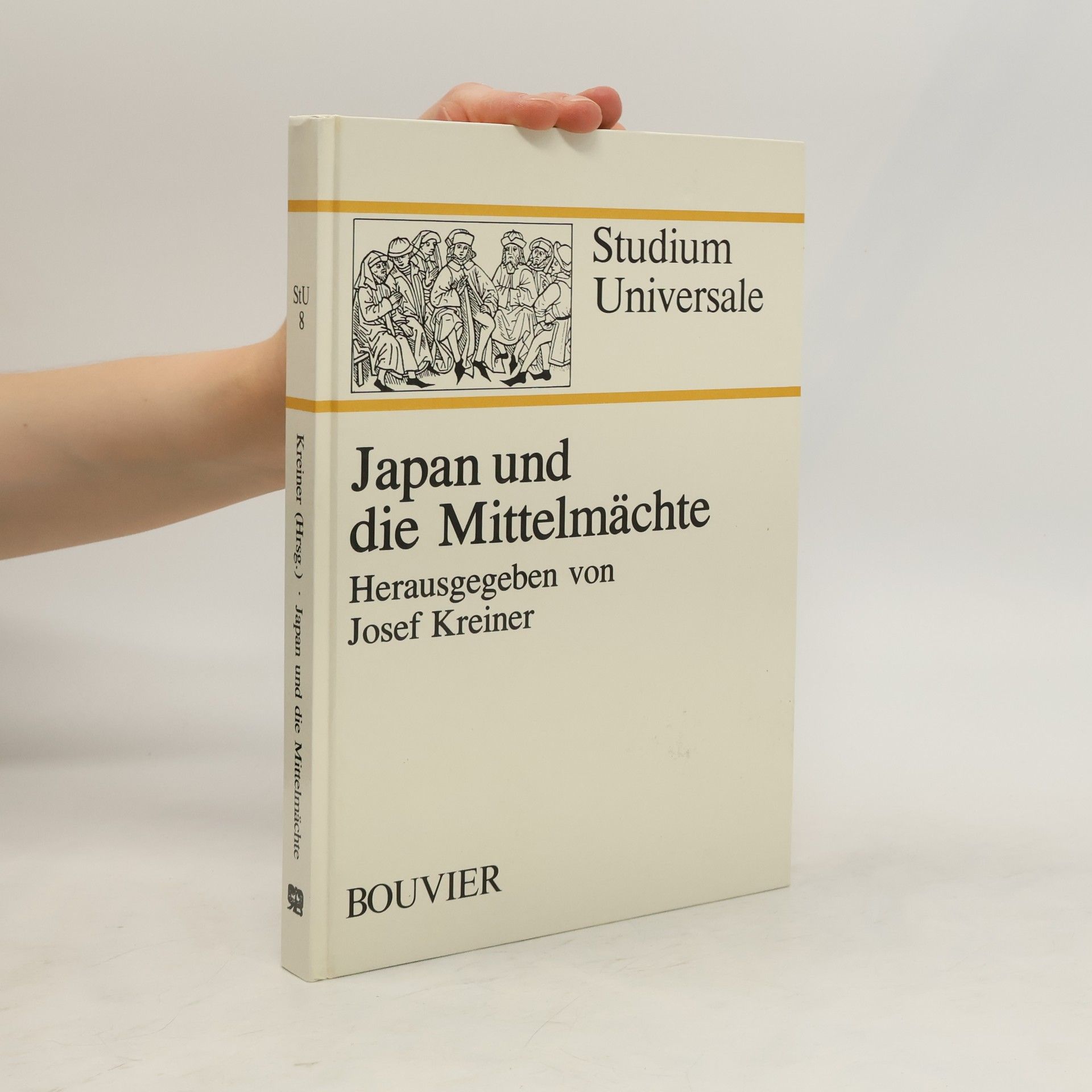Tempelschätze des heiligen Berges - Daigo-ji
- 352bladzijden
- 13 uur lezen
Im Südosten Kyotos befindet sich eine der ältesten Klosteranlagen Japans: der Daigo-ji, der seit seiner Gründung 874 n. Chr. eines der wichtigsten Zentren des esoterischen Buddhismus ist. Das Kloster beherbergt einen Kunstschatz von überwältigendem Ausmaß, aus dem erstmals in Deutschland Exponate zu sehen sein werden. Mit grandiosen Fotografien zeigt dieser Ausstellungskatalog 160 herausragende Werke, darunter großformatige Skulpturen, kostbare Ritualobjekte, wertvolle Gemälde und Bildrollen und Sutren - die heiligen Schriften des Buddhismus.


